About the H.C. Urey Award
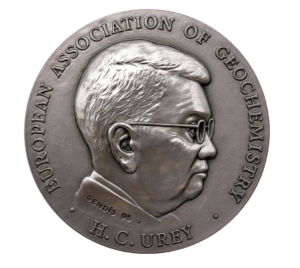 The H.C. Urey Award is bestowed annually by the EAG for outstanding contributions advancing geochemistry over a career. It is named in honor of Harold Clayton Urey, an American physical chemist whose pioneering work on isotopes earned him the Nobel Prize in Chemistry in 1934 and later led him to theories of planetary evolution.
The H.C. Urey Award is bestowed annually by the EAG for outstanding contributions advancing geochemistry over a career. It is named in honor of Harold Clayton Urey, an American physical chemist whose pioneering work on isotopes earned him the Nobel Prize in Chemistry in 1934 and later led him to theories of planetary evolution.
The award is based on scientific excellence as well as the broader impacts candidates have made in their careers to date. Such contributions to the broader geochemical community may include but are not limited to mentorship of young scientists, outreach, encouragement of diversity and inclusion in science or exceptional editorial contributions.
We are committed to promoting the diversity of our awardees, to recognizing a wide range of different types of exceptional contribution, and we acknowledge the different career paths that lead to the achievement of such contributions.
Nominations of underrepresented groups are encouraged.
The award is presented at the V.M. Goldschmidt Conference and consists of an engraved medal, an honorarium (1000 Euros), a certificate and inclusion as a Geochemistry Fellow.
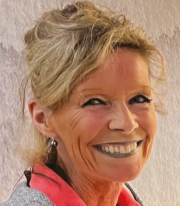 Recipient of the 2024 Urey Award: Janne Blichert-Toft
Recipient of the 2024 Urey Award: Janne Blichert-Toft
Ecole Normale Supérieure de Lyon & CNRS, France
Janne Blichert-Toft is a leading light in the study of planetary mantles and crustal evolution on Earth and other Solar System bodies (e.g. Mars). She has helped pioneer bold new applications of isotope geochemistry (principally to the study of Hafnium, but also of Lead) with specialization also in the highly siderophile elements, to name but a few lines of inquiry in her exceptional bibliography. Moreover, her work has helped to steer radiogenic isotope geochemistry more broadly towards quantitative applied chemical geodynamics. Janne is an unwavering supporter of the field of geochemistry in Europe and throughout the world, as exemplified by her generous devotion to supervising students and postdoctoral scholars, dutiful service to professional organizations, and leadership on journal editorial boards. Read more
The 2024 Urey Medal Lecture will be presented at the Goldschmidt2025 Conference in Prague.
Former recipients of the Urey Award
- 2023 Bo Barker Jørgensen, Aarhus University, Denmark – Citation by Antje Boetius with Acceptance and Award lecture by Bo Barker Jørgensen
- 2022 William White, Cornell University, USA – Citation by Vincent Salters and Acceptance by William White
- 2021 Sachiko Amari, Washington University in St. Louis, USA – Citation (video) by Larry Nittler and Acceptance (video) by Sachiko Amari
- 2020 Jill Banfield, University of California, Berkeley, USA – Citation by Ken Nealson and Acceptance by Jill Banfield
- 2019 Eric Oelkers, GET Laboratory, CNRS, France and University College London, UK – Citation by Liane G. Benning
- 2018 Susan L. Brantley, Pennsylvania State University, USA
- 2017 Eiji Ohtani, Tohoku University, Sendai, Japan
- 2016 Klaus Mezger, University of Bern, Switzerland
- 2015 Albrecht W. Hofmann, Max Planck Institute for Chemistry, Germany
- 2014 Edward Boyle, Massachusetts Institute of Technology, USA
- 2013 Igor Tolstikhin, Russian Academy of Sciences
- 2012 Alexander Halliday, University of Oxford, UK
- 2011 Donald E. Canfield, University of South Denmark, Denmark
- 2010 Charles Langmuir, Harvard University, USA
- 2009 François Morel, Princeton, USA
- 2008 Pascal Richet, IPGP, France
- 2007 Harry Elderfield, Cambridge University, UK
- 2006 Herbert Palme, Senckenberg Research Institute, Germany
- 2005 Alexandra Navrotsky, University of California, Davis, USA
- 2004 Harold C. Helgeson, University of Berkeley, USA
- 2003 Nicholas Shackleton, University of Cambridge, UK
- 2002 Grenville Turner, University of Manchester, UK
- 2001 Keith O’Nions, Imperial College London, UK
- 2000 Donald DePaolo, University of Berkeley, USA
- 1999 John Edmond, Massachusetts Institute of Technology, USA
- 1998 Jean-Guy Schilling, University of Rhode Island, USA
- 1997 Geoffrey Eglinton, University of Bristol, UK and John Hayes, Woods Hole Oceanographic Institution, USA
- 1995 Samuel Epstein, California Institute of Technology, USA, Robert N. Clayton, University of Chicago, USA and Hugh P. Taylor, Jr., California Institute of Technology, USA
- 1990 Wallace S. Broecker, Columbia University, USA and Hans Oeschger, University of Bern, Switzerland


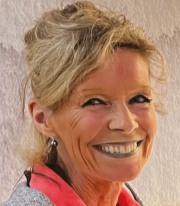 Janne Blichert-Toft, Ecole Normale Supérieure de Lyon & CNRS, France
Janne Blichert-Toft, Ecole Normale Supérieure de Lyon & CNRS, France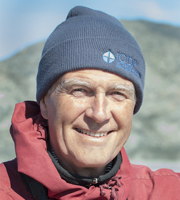 Bo Barker Jørgensen, Aarhus University, Denmark
Bo Barker Jørgensen, Aarhus University, Denmark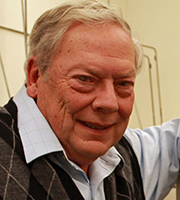 William White, Cornell University, USA
William White, Cornell University, USA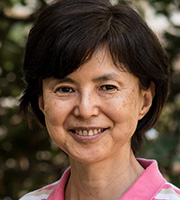 Sachiko Amari, Washington University in St. Louis, USA
Sachiko Amari, Washington University in St. Louis, USA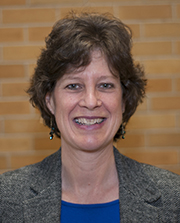 Susan L. Brantley, Pennsylvania State University
Susan L. Brantley, Pennsylvania State University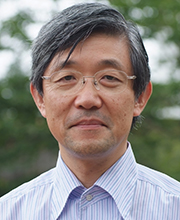 Eiji Ohtani, Tohoku University, Sendai, Japan
Eiji Ohtani, Tohoku University, Sendai, Japan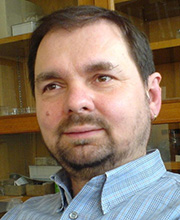 Klaus Mezger, University of Bern, Switzerland
Klaus Mezger, University of Bern, Switzerland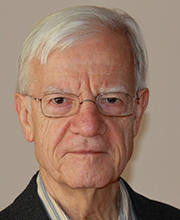 Albrecht W. Hofmann, Max Planck Institute for Chemistry in Mainz, Germany
Albrecht W. Hofmann, Max Planck Institute for Chemistry in Mainz, Germany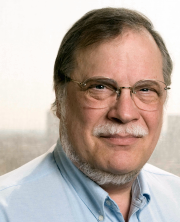 Edward Boyle, Massachusetts Institute of Technology
Edward Boyle, Massachusetts Institute of Technology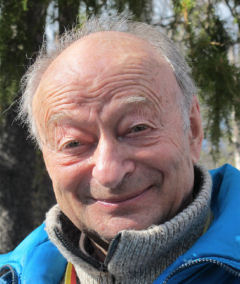 Igor Tolstikhin, Russian Academy of Sciences
Igor Tolstikhin, Russian Academy of Sciences